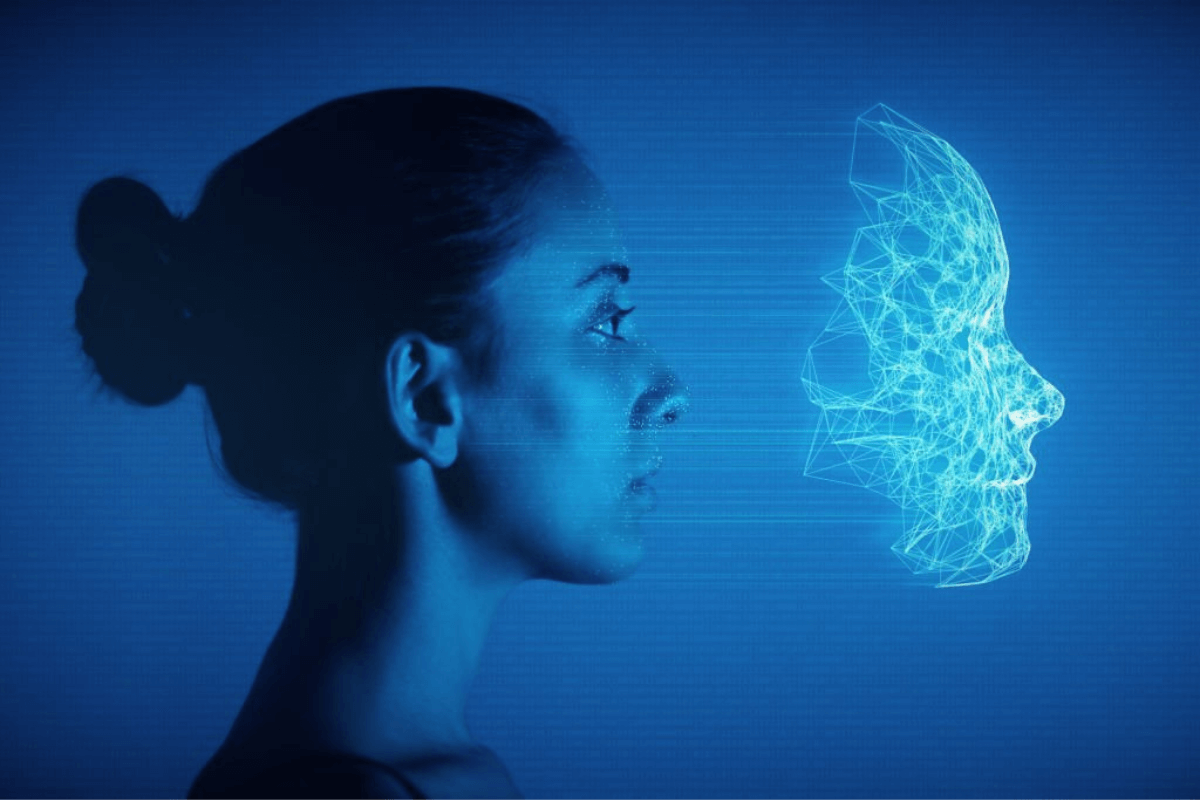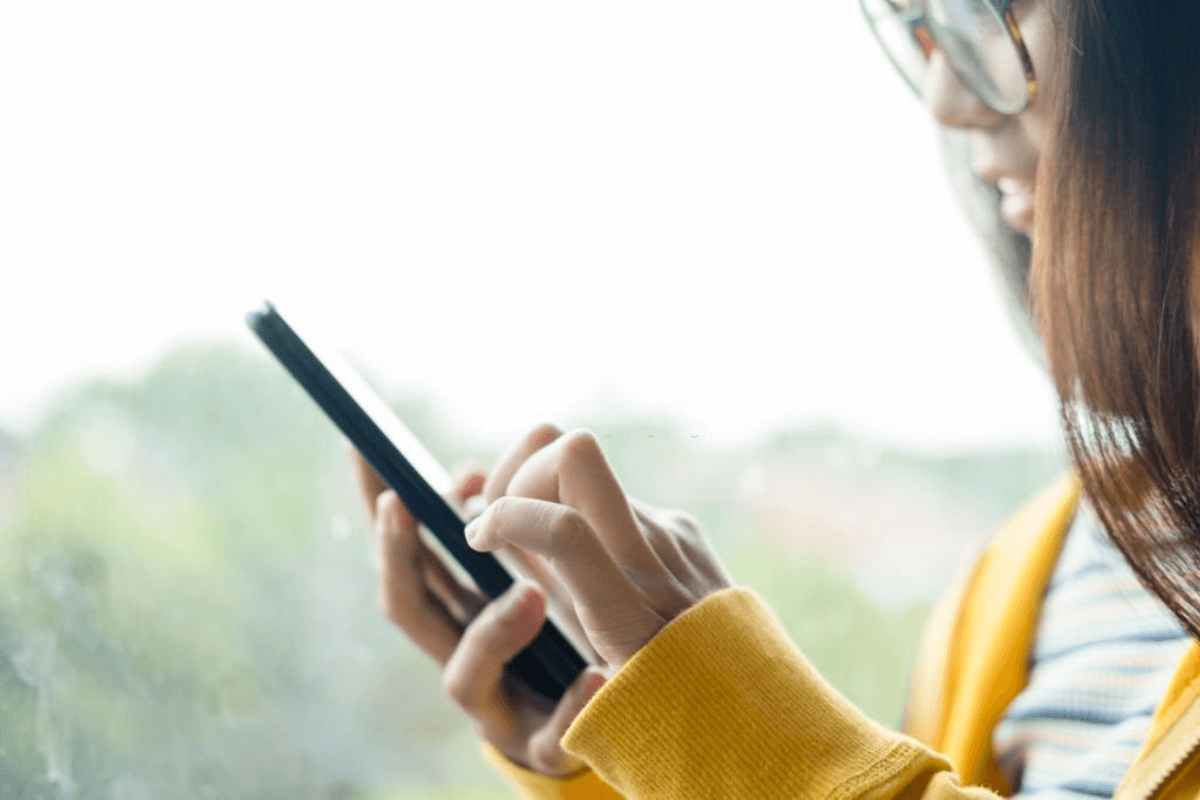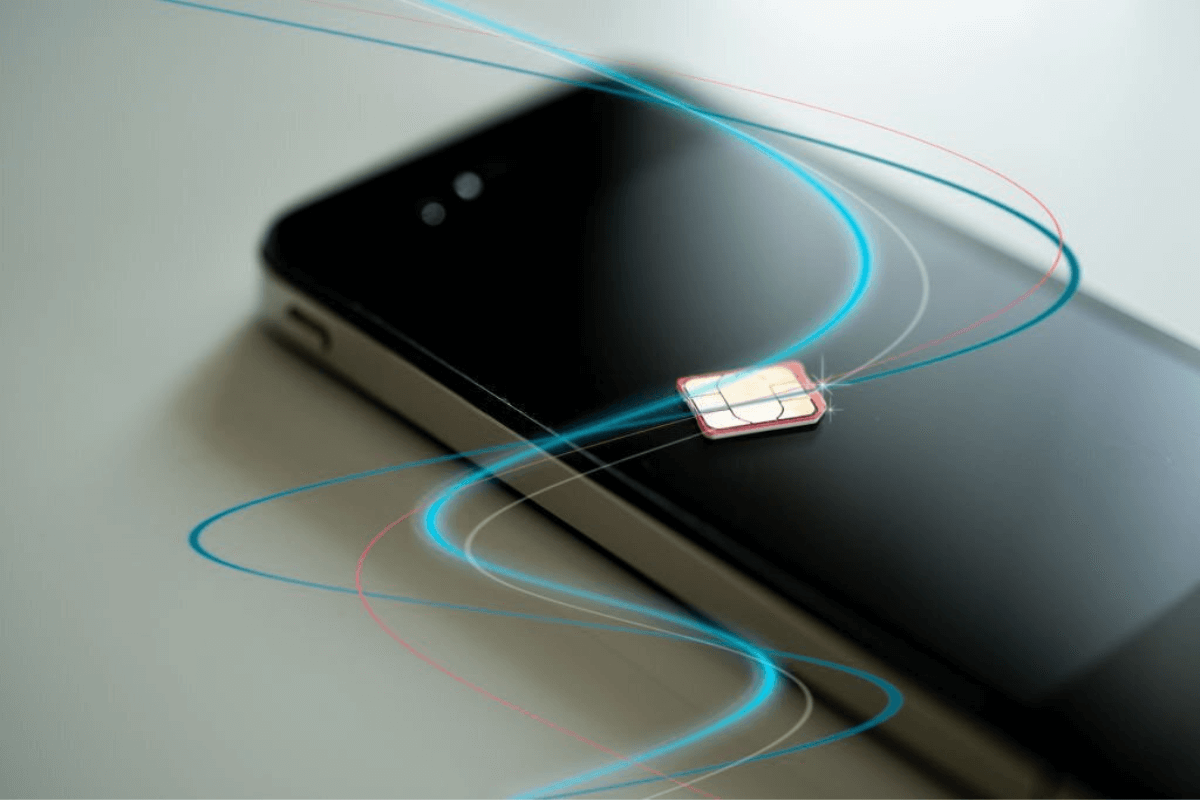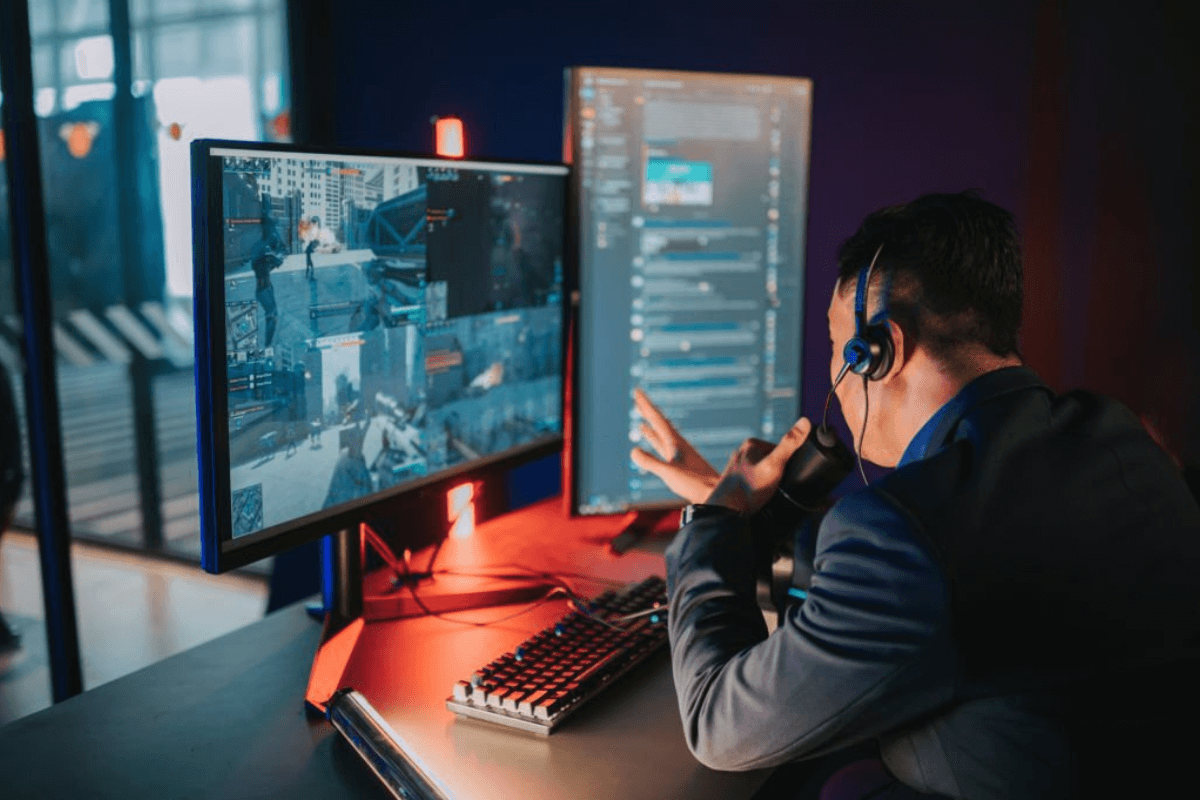Drones and Digital Twins: How Drones Are Used To Create Digital Twins
In this article, we will look at what digital twins are and how drones are used to create them.
With each passing year, drone services have become increasingly popular. Some buy drones for leisure, while others want them strictly for business.
Moreover, several industries are using drones and reaping exceptional gains. Perhaps a leading and valuable commercial drone application is how they are used to create digital twins.
This article gives a profound view of the relationship between drones and digital twins. Read to the end!
What Is A Digital Twin?
The word 'twin' refers to something identical or with the same features as the original. Thus, a digital twin is a computer-generated imitation of an object or process. It's beyond a 3D model of an object's interior and exterior.
It's a demonstration showing all the relevant data of the object. In short, a digital twin is an operating system that uses actual data to recreate an asset and its presentation.
Take, for example, a house. A simple 3D model would outline only its main features, like the foundation and walls. But, a digital twin creates a live copy. This includes the foundation, walls, floors, roof, infrastructure, plumbing, electrical routes, and everything else that brings the house to life.
A digital twin provides crucial data that a still model cannot. Ultimately, you get a holistic image of the object being observed. Digital twins are available for buildings, jet engines, and cars.
Designing a Digital Twin
The design of a digital twin features gathering and testing data using computer models. This involves a boundary between the digital and the real object for actual feedback.
Nonetheless, designing a digital twin is not anyone's job. Flyguys, the reliable experts in drone services, recommend designing and creating digital twins using high-quality drones. This will ensure accurate and thorough details of everything you need through aerial imaging.
With the expert drone pilot and lidar scanning, they can control a drone to capture all angles of the asset without missing crucial details. As an architect, construction drones will capture excellent aerial imagery for an accurate digital twin design.
Let’s find out how the design falls in place effortlessly using the steps below:
-
Data
Data is everything. With it, it's possible to create a digital twin model that represents the characteristics and behavior of the physical object.
Data is the same as the lifecycle of an asset, including design details and production procedures. Still, it can include information on the production like methods, materials, quality control, and parts.
Data can also be in the form of operation, like actual feedback, past analysis, and maintenance records. Digital twin design also includes data such as business or end-of-life procedures data.
-
Modeling
After gathering the required data, it's used to create virtual models. The modeling stage:
- Shows operating effects
- Determines behaviors
- Predicts conditions like fatigue.
Moreover, the virtual models can also suggest necessary actions using statistics, AI, business objectives, and engineering simulations. It's possible to display these models through 3D illustrations and augmented reality modeling. This helps to enhance human understanding of the findings.
-
Linking
Once you have the necessary findings from digital twins, linking is the next step. Linking helps to create an overview by using the equipment twins to add into a production line twin and then inform a commercial digital twin. Using linked digital twins enables practical industrial applications for actual world developments.
Using Drones to Create Digital Twins
Photogrammetry continues to be an excellent method of creating 3D models for asset management, surveys, and construction projects. Photogrammetric data collection has become effortless, accurate, and quick, thanks to drones. Resultantly, this has reduced the cost of digital twin creation by far. But, how do drones create digital twins?
Precision is crucial to this process. Once you automate your data capture, you can ensure consistent data feeding into your digital twin. This way, all stakeholders will use and observe updated and accurate information.
After the licensed drone pilot captures the required aerial photos, the processing workflow is straightforward. Nonetheless, constantly feeding your digital twin through outsourced drone services is costly. So, buying a high-quality drone for a topography survey is better.
Whether you have your in-house UAV team or hired reliable drone services, drones are the fastest and most accurate in collecting data for creating a digital twin.
Drones are also very safe. Using lidar on the drone quickly captures and delivers high-quality data from a construction site or manufacturing facility. This is safe and efficient without sending employees into hazardous areas.
Why Use Digital Twins?
The benefits of digital twins are many. But, they differ depending on when and where they are used. Some of the notable benefits include:
- Accuracy: A digital twin provides a highly accurate representation of a physical object. This makes you see from the smallest to enormous valuable details of an asset. Better still, it provides a live and accurate presentation of the object's reality function.
- Effective decision-making: The combination of digital twins' digital and physical aspects makes it easy for anyone to grasp the context of the model. This way, you can make effective, real-time decisions relying on the detailed data provided.
- Collaboration: Digital twins enhance collaboration, allowing departments to stay ahead of issues, create new opportunities, and avoid downtime. For instance, a digital twin can show a problem where you can test a solution virtually. This also works best for prototypes where you test different samples before producing them. In the end, it saves time and money.
- Low maintenance: By showing a virtually detailed view of an asset, it becomes easy to identify the problematic areas. This helps lower accident cases and risks of unplanned downtime. So, digital twins help to lower maintenance costs and increase profits.
Final Thoughts
Digital twins produce a live, breathing, virtual demonstration of a physical object. The matchless data from digital twins allows effective, effortless, and real-time decisions. So, now, you don't have to make expensive prototypes or interventions anymore.
All of this is possible through drone technology. Drones for aerial photography are essential to capturing the data to create the digital twin. Indeed, digital twins are helpful, particularly in industries specializing in large-scale objects and processes.

Subscribe & get all related Blog notification.





Post your comment